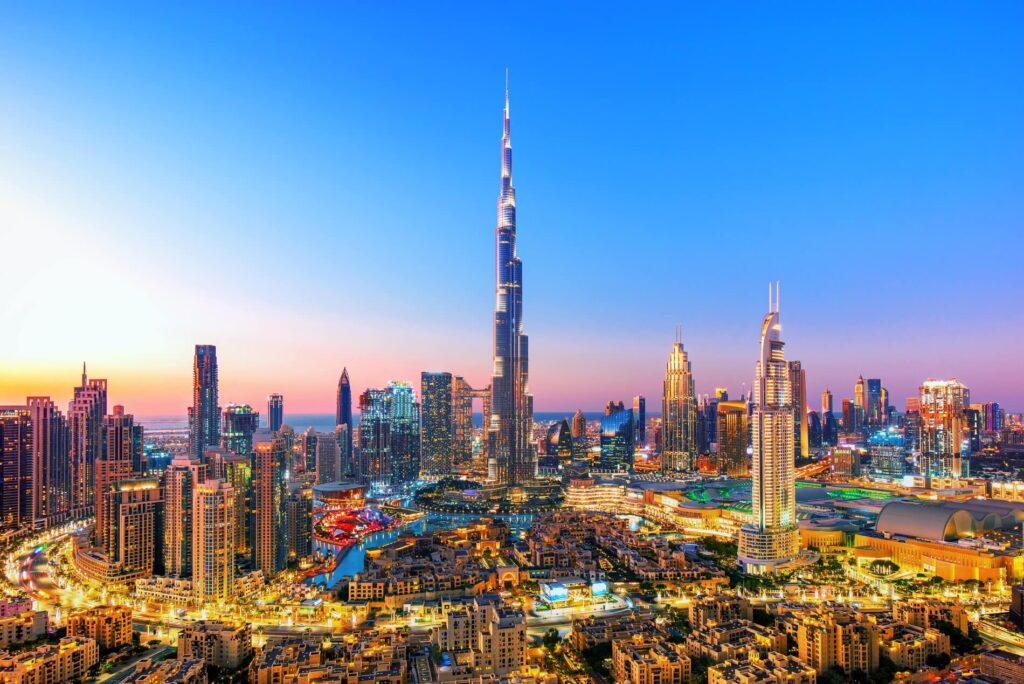Dubai has long been the epicenter of property investment in the Middle East, offering world-class infrastructure, tax-free returns, and a reputation for rapid growth. However, whispers of oversupply in Dubai’s real estate market have prompted concern among investors, homeowners, and developers. Is the oversupply truly a threat, or is it exaggerated in a thriving and evolving landscape?
Understanding Oversupply in Real Estate

What Is Real Estate Oversupply?
Oversupply occurs when the number of available properties exceeds buyer demand, causing prices and rental yields to drop. This is typically characterized by higher vacancy rates, stagnant or falling prices, and increased incentives from developers to attract buyers.
Why Dubai Is Perceived As Oversupplied
Dubai has seen an unprecedented volume of new developments, especially post-Expo 2020. With mega projects like Dubai South, Emaar South, Dubai Creek Harbour, and JVC, the city continues to expand its residential footprint. Coupled with aggressive off-plan marketing and payment plans, this has led some analysts to label the market as potentially oversaturated.
Data-Driven Insight: What Do the Numbers Say?
Supply Trends in 2023–2025
According to industry data from Bayut, Property Monitor, and JLL:
- Over 40,000 new units were delivered in 2023.
- An additional 65,000+ units are expected to be handed over by the end of 2025.
- Key areas like Business Bay, Downtown, JVC, and Dubai Hills Estate are leading in new project launches.
Vacancy and Absorption Rates
While supply is high, absorption rates remain strong:
- Residential absorption averaged 84% in 2023.
- Prime locations such as Palm Jumeirah, Dubai Marina, and Downtown have occupancy rates above 90%.
- The rental market has remained buoyant with double-digit rental growth in several neighborhoods.
The Demand Side: Domestic and International Buyers Fuel Growth
Population and Employment Growth
Dubai’s population is projected to hit 6 million by 2040, and in 2024 alone, more than 120,000 new residents moved to the city. With free zones attracting global talent, high-end lifestyle offerings, and relaxed visa regulations (like the Golden Visa), the demand side remains robust.
Foreign Investment and Golden Visa Impact
Investors from Russia, India, China, Europe, and Pakistan have driven capital inflows into Dubai’s property market. The UAE Golden Visa has especially encouraged long-term investment in premium sectors like:
- Luxury waterfront properties
- Short-term rental apartments
- Branded residences
Rental Yields and Price Growth Defy Oversupply Concerns
High Yields Attracting Global Investors
Dubai consistently offers some of the world’s highest rental yields, averaging:
- 6–7% for apartments
- 4–5% for villas
By comparison, yields in mature cities like London (2–3%) or New York (3–4%) are considerably lower.
Property Prices: Steady and Selective Growth
- Apartment prices increased by 15% in 2023.
- Luxury villas appreciated over 20%, driven by limited supply in exclusive areas such as Palm Jumeirah, Emirates Hills, and Dubai Hills.
This price appreciation contradicts any widespread price depression caused by oversupply.
Government Policies Mitigating Market Saturation
Regulation and Market Stabilization
The Dubai Land Department (DLD) and Real Estate Regulatory Agency (RERA) have introduced mechanisms to ensure market balance:
- Escrow accounts for developer transparency.
- Limits on pre-sales and speculative flipping.
- Real-time data transparency through the REST platform.
2030 and 2040 Urban Master Plans
The Dubai 2040 Urban Master Plan ensures phased infrastructure and residential expansion aligned with population growth and sustainability goals. This long-term vision prevents blind overbuilding, guiding development intelligently.
Key Sectors Resisting Oversupply Risks
Luxury and Ultra-Luxury Segments
High-end properties are not facing oversupply issues, with limited stock and high global demand. Branded residences, especially those from Armani, Bulgari, and Dorchester Collection, have shown record-breaking sales.
Short-Term Rental Market Boom
With platforms like Airbnb, Booking.com, and local holiday home operators, Dubai’s tourism-driven short-term rental market absorbs a large portion of new apartment stock, particularly in Dubai Marina, Downtown, and JBR.
Dubai Real Estate: Strategic Rather Than Speculative
Shift Toward End-User Focused Development
Post-pandemic, buyers are increasingly end-users rather than flippers. Developers now emphasize:
- Family-friendly communities (e.g., Town Square, Mudon, Tilal Al Ghaf)
- Sustainable living (e.g., The Sustainable City)
- Mixed-use convenience (e.g., Meydan One, Sobha Hartland)
This shift means that the demand is more durable and long-term.
Expert Consensus: Oversupply Is Localized, Not Systemic
Hotspots vs. Ghost Towns
While some peripheral areas like Dubailand or International City Phase 2 may face slow uptake, prime areas remain hot. Experts agree that:
“Oversupply concerns in Dubai are real in specific micro-markets, but not reflective of the overall market health.” — Property Finder Insights, 2024
What Investors Should Watch
- Location specificity (micro-location matters more than ever)
- Developer credibility and delivery history
- Demand from target segments (e.g., end-users, tourists, corporate renters)
Conclusion: Oversupply Narrative Doesn’t Match Dubai’s Market Reality
Despite high volumes of new inventory, demand continues to outpace or match supply in most strategic zones. Factors like expatriate growth, global investor interest, regulatory control, and urban planning discipline ensure that Dubai’s real estate market is more balanced than it appears.
Oversupply is not a market-wide problem but rather a localized, manageable challenge. The smart investor sees opportunity, not panic.
